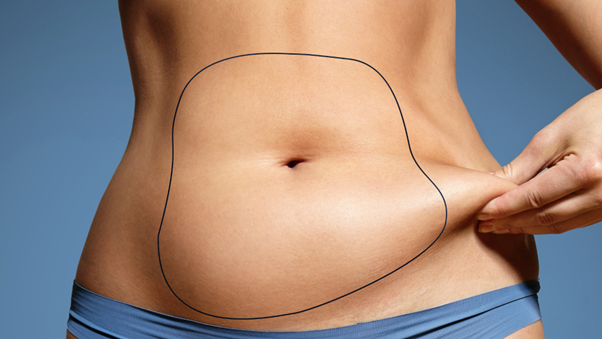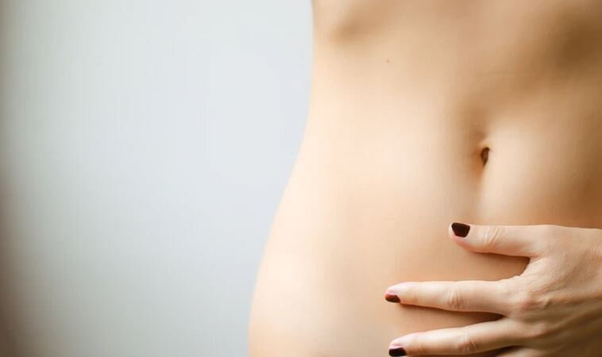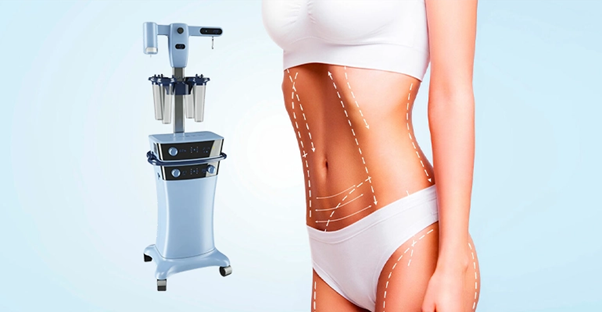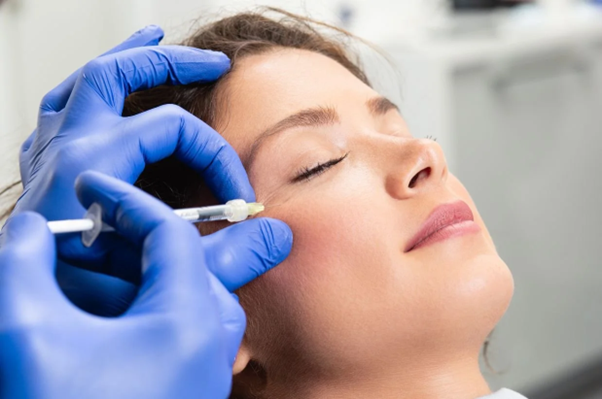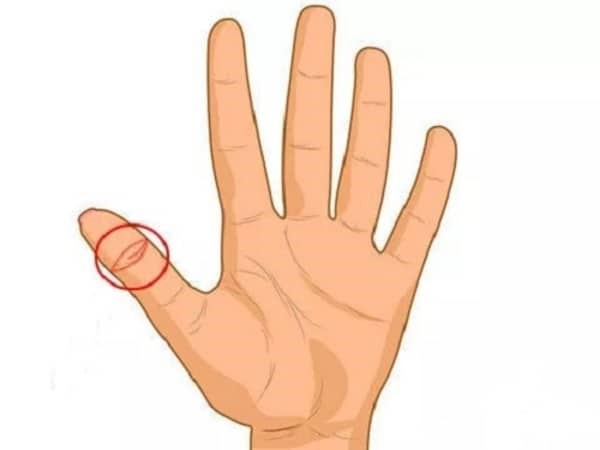Abdominal liposuction is a popular cosmetic procedure designed to help individuals achieve a flatter, more defined abdomen by permanently removing these troublesome fat cells. In this article, we will explore what abdominal liposuction is, who it’s for, how the procedure works, potential benefits and risks, as well as what to expect during recovery.
Understanding Abdominal Liposuction
Abdominal liposuction is a cosmetic surgery procedure that focuses on removing excess fat from the abdominal area to create a more contoured and attractive body shape. This procedure is ideal for individuals who are at or near their ideal weight but struggle with localized fat deposits that are difficult to get rid of through exercise and diet alone. It’s not a weight-loss method but rather a body-contouring procedure aimed at enhancing the overall appearance of the abdomen.
Liposuction can be performed on the upper, middle, and lower regions of the abdomen to achieve a balanced and harmonious look. It is typically carried out using one of several techniques, such as tumescent liposuction, ultrasound-assisted liposuction (UAL), or laser-assisted liposuction. Your plastic surgeon will determine the most suitable technique based on your specific body type and goals.
Ideal candidates for Abdominal Liposuction
Not everyone is an ideal candidate for abdominal liposuction. The best candidates are individuals who:
- Are within 30% of their ideal body weight.
- Have good skin elasticity and muscle tone.
- Are in generally good health and free of conditions that could impair healing.
- Have stubborn fat deposits in the abdominal area that have not responded to diet and exercise.
- Do not smoke, or are willing to quit smoking for a period before and after surgery.
It is also important to have realistic expectations about the results. Liposuction can significantly improve body contours, but it is not a substitute for a healthy lifestyle. While it can provide lasting results, maintaining those results requires ongoing attention to diet and exercise.
These fatty deposits can be resistant to even the most disciplined lifestyle choices, leading to frustration and a dip in self-confidence.
How Abdominal Liposuction works ?
Abdominal liposuction involves the use of a specialized instrument called a cannula, which is a thin tube that is inserted through small incisions in the skin. The cannula is connected to a vacuum device that suctions out excess fat. Here’s a step-by-step overview of the procedure:
- Anesthesia: The procedure usually begins with administering anesthesia. Depending on the extent of liposuction required, either local anesthesia with sedation or general anesthesia may be used to ensure comfort during the procedure.
- Incision: Small incisions are made in the abdominal area, usually in inconspicuous locations to minimize visible scarring.
- Fat Removal: The cannula is inserted through the incisions, and the surgeon carefully moves it back and forth to break up the fat cells before suctioning them out. This part of the process requires precision to ensure that the fat is removed evenly, creating a natural and smooth contour.
- Closure: After the desired amount of fat has been removed, the incisions are closed with sutures, and the treated area is bandaged. In some cases, small drainage tubes may be placed to help reduce fluid buildup during the initial stages of healing.
The procedure typically lasts between one to three hours, depending on the amount of fat being removed and the complexity of the case.
Risks and Considerations
As with any surgical procedure, abdominal liposuction comes with certain risks and potential complications. Understanding these risks can help you make an informed decision.
- Infection: Although rare, infections can occur. Following your surgeon’s post-operative care instructions is crucial to minimize this risk.
- Bruising and Swelling: Bruising, swelling, and some discomfort are common after the procedure but typically subside within a few weeks.
- Irregular Contours: In some cases, uneven fat removal may lead to asymmetrical or lumpy results. A skilled and experienced surgeon can minimize this risk.
- Skin Laxity: If the skin’s elasticity is poor, it may not tighten properly after fat removal, leading to sagging. Combining liposuction with a skin-tightening procedure may be recommended for these individuals.
Recovery Process
Recovery from abdominal liposuction is a gradual process, and it’s important to allow your body the time it needs to heal properly. Here is what you can expect during your recovery journey:
- Immediately After Surgery: After the procedure, patients are typically monitored in a recovery room before being allowed to go home. Compression garments are often provided to help reduce swelling and support the healing tissues.
- First Few Days: You may experience soreness, bruising, and swelling in the treated area. Pain is usually manageable with prescribed medications, and your surgeon will provide detailed care instructions to promote healing.
- First Week: Most patients can return to light activities within a few days after surgery, but strenuous exercise should be avoided for several weeks. You will need to attend a follow-up appointment to ensure that your incisions are healing properly.
- Long-term Recovery: Swelling can persist for several weeks, and the final results may not be fully visible for up to three to six months. Maintaining a healthy lifestyle is essential to preserve the results.
Eating a balanced diet can promote faster healing and help you maintain your new shape.
Results of Abdominal Liposuction
The results of abdominal liposuction can be life-changing for many people. With a slimmer, more toned abdomen, you may find yourself feeling more confident in your appearance. It’s important to remember that while the results are long-lasting, they can be affected by significant weight gain or loss. Maintaining a stable weight is crucial for preserving the contours achieved through liposuction.
In addition to physical changes, many patients report a significant boost in their mental well-being. Feeling more comfortable in your body can have a positive impact on all areas of your life, from social interactions to the motivation to maintain a healthy lifestyle.
Is Abdominal Liposuction Right for You?
If you’ve been struggling with stubborn fat in the abdominal area despite your best efforts with diet and exercise, abdominal liposuction may be worth considering. It is important to consult with a board-certified plastic surgeon to discuss your goals, medical history, and whether this procedure is the right option for you.
During your consultation, your surgeon will evaluate your abdomen, discuss your desired outcome, and provide a personalized treatment plan. This plan may involve abdominal liposuction alone or in combination with other body-contouring.
DR.HARVARD for your Abdominal Liposuction needs
At DR.HARVARD, we are committed to helping you achieve your aesthetic goals safely and effectively. Our team of highly qualified plastic surgeons has extensive experience in abdominal liposuction, using the latest techniques to deliver natural-looking results. We understand that every body is unique, and we work closely with each patient to develop a customized treatment plan tailored to their specific needs.
Whether you are considering abdominal liposuction for the first time or simply seeking more information, our friendly and knowledgeable staff is available to answer any questions you may have. We invite you to schedule a consultation to learn more about how we can help you achieve the body contours you’ve been dreaming of.
Transform your confidence and embrace a slimmer, more sculpted abdomen with DR.HARVARD. Our dedication to patient safety, satisfaction, and exceptional results sets us apart as a trusted name in aesthetic care.
Reach out today, and let us help you unlock the best version of yourself.

